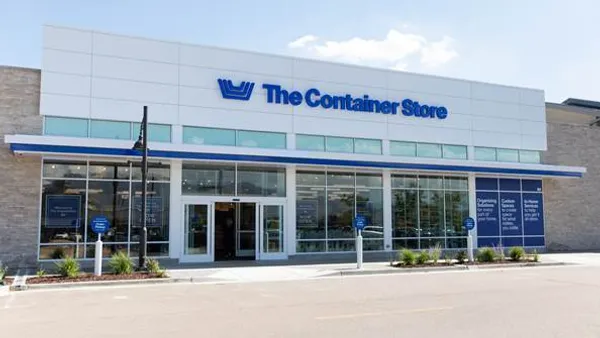A robust commerce network is crucial for retailers, suppliers and brands that aim to win in today’s Now Economy, where consumers expect a vast array of products to be available and delivered to their doorstep almost instantly. In fact, the ideal is an ever-growing partner network, in which thousands of brands, suppliers and retailers work together to help their businesses grow.
Such a network, built with a great software platform to support a virtually limitless ecosystem of partners, can enable retailers to save time by tapping into a community of pre-vetted brand partners who’ve demonstrated their ability to perform strongly — enabling retailers to meet consumer demand by custom-tailoring marketplace and drop-ship business models. At the same time, a leading-edge commerce network should help supplier brands expand their footprint by expanding their connections with national-scale retailers. Together these connections accelerate businesses across the ecosystem.
The power behind this kind of network is the ability to leverage data to match each retailer with their ideal brand partners — and vice versa. Let’s take a closer look at how all these parties stand to gain when such a platform connects them into a dynamic, thriving and profitable community.
An extensive commerce network adds value by more efficiently creating partnerships between retailers and supplier brands.
In the past, brands and retailers had to waste weeks at tradeshows or other similar tactics, trying to track down the partners who fit their needs. This was a time-consuming and tedious process: A retailer might only have time to talk to 200 brand vendors out of 1,000 at a tradeshow; and even worse, the brand representatives they spoke to might not be aware of their companies’ drop-ship capabilities or might not have accurate marketplace performance data.
A modern commerce network seeks to eliminate this outdated model and bring the matchmaking process into the 21st century, with hundreds of robust brand and retailer profiles, along with proprietary analytics on each of those partners’ capabilities and performance. The network’s administrators should examine each member’s requirements, then present other partners with curated lists of qualified collaborators who meet their qualifications and have proven they can deliver on crucial KPIs.
Plus, relationship managers should continually rework their recommendations to present even more precisely tailored selections to members over time. That means suppliers and retailers save time by only talking with, say, 15 qualified leads instead of 200 company reps — secure in the knowledge that all 15 of those leads meet their requirements, and have demonstrated their ability to fulfill that partner’s merchandising goals.
The more a commerce network grows, the more partners it attracts — and the more they can be vetted.
It’s not always easy for supplier brands or retailers to connect with an actual decision maker on the other side. In fact, on both the retailer side and the supplier side, that’s half the battle: Knowing who’s on the other end is actually aware of the drop-ship and marketplace capabilities (or interest) and is also empowered to make decisions. A data-driven partner network can connect the right people at all those organizations — providing significant value, keeping all partners engaged and serving as a flywheel to keep the network growing.
How can a network attract an ever-growing list of partners? By confirming interest and demonstrating value across the ecosystem. Everyone who participates in the network stands to benefit from its strengths — both in terms of access to new opportunities, and in saving time by avoiding interactions with parties who don’t fit their current needs.
For example, a retailer could spend months com-shopping to figure out which footwear suppliers are selling well through their retail competitors — or you could join a collaborative network, and get a tailored list of the top-performing suppliers in any category they specify. The network’s relationship managers can make sure every one of those leads is qualified and has demonstrated impactful performance. Another example: retailers looking to find more partners who align with their brand and specific goals around diversity or sustainability, can turn to the network for easier access to qualified suppliers.
Today’s retail models are fast-changing and flexible. A commerce network should be, too.
Back in the day, drop ship was seen as an operational function, owned and managed by operators. Today, by contrast, a collaborative network can plug directly into a retailer’s drop-ship or marketplace model, and deliver product capabilities with the flexibility to adjust each decision on a channel through which a product might be sold. But that’s just the beginning. A data-driven networking platform provides the flexibility to explore unified models that combine the best of both worlds: the low-risk aspects of a marketplace model as well as the power of a drop-ship model.
All these wins come from membership on the network. It’s all about the partnerships, from which all players stand to benefit. For supplier brands and retailers, CommerceHub has an extensive network for collaboration, and the matches we make are multiplying every day. So, here’s to the future of increasingly collaborative, data-driven retail.










